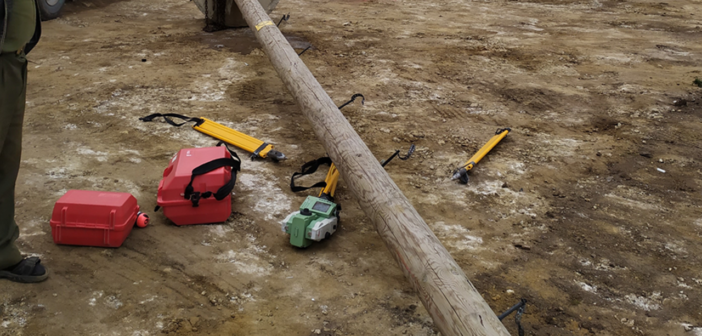 It’s inevitable for accidents to happen when working outdoors in challenging environments. Whether a machine runs over your instrument or it gets caught in an on-site demolition, it can often be fixed regardless of how bad the damage looks. This is the philosophy behind Leica Geosystems customer support and service; being there to pick up the pieces, even in difficult circumstances.
It’s inevitable for accidents to happen when working outdoors in challenging environments. Whether a machine runs over your instrument or it gets caught in an on-site demolition, it can often be fixed regardless of how bad the damage looks. This is the philosophy behind Leica Geosystems customer support and service; being there to pick up the pieces, even in difficult circumstances.
But what damage are we talking about? How severely can instruments be damaged? Can a product still be fixed? How long does it take? If you find yourself asking the same questions, keep reading as we interview Peter Ammann – Head of Central Technical Service – and our expert at the Leica Geosystems Service Centre in Cologne, Germany – Jürgen Anders – who tell us everything customers need to know about what happens next if they drop an instrument.
Peter, tell us a bit more about Leica Geosystems’ product rebuild services
Peter: We started the product rebuild services in Cologne in 2008 to focus on these highly specialised and time-intensive services at a central location. Previously, our technicians had to cater for a high demand of minor repairs, maintenance and labour-intensive repairs across the entire organisation. Now, we carry out labour-intensive repairs in the central Service Centre in Cologne. This creates additional capacity for the local market to better serve customers with customer care packages and enables a faster turnaround for maintenance overall. Plus, having our product rebuild services in a separate location provides us with the competence to deliver high-quality and complex repairs. Our team follows a similar procedure to production with extensive test infrastructure, enabling us to deliver rebuilt instruments to our customers that operate ‘as new’.
Where do dropped instruments go and who rebuilds them?
Peter: The Leica Geosystems Service Centre is based in Cologne and has a team of nine Leica Geosystems-trained technicians rebuilding instruments. Jürgen and the team proactively take care of products and provide customer care and support during the rebuilding process. The site is a great location for rebuilding dropped instruments: it’s well-connected to our distribution centre and logistical hub for Europe, making it easy to send instruments to us and gives us fast access to spare parts.
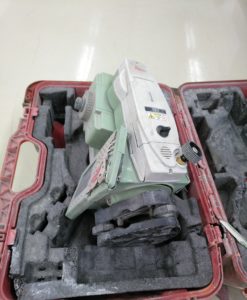
Jürgen, based on your experience, what are the most common examples of instrument damage?
Jürgen: There are many reasons an instrument can get damaged. Most commonly, damaged instruments that come into the service centre are caused by accidents in daily work. For example:
- Runovers – the instrument gets run over by vehicles or moving machinery
- Storms, high winds and floods – extreme weather conditions cause the instrument to fall
- Tunnelling or mining explosions – forgetting the instrument is on-site before setting off an explosive in a mine
What process will instruments go through when they’re sent to you?
Jürgen: Rebuilding an instrument is a five-step process:
- Quotation: Once the instrument arrives at the service centre, one of our expert technicians will check the damage and prepare a quote based on the work they need to carry out and the spare parts they need to replace. They will produce documentation including photos of the instrument’s damage for the service records. We often need to make contact with insurance companies to discuss the damage and seek final approval to rebuild the instrument. Then, we present a final quote to the customer and begin the rebuilding process.
- Rebuilding: We try to fix every instrument if it is technically possible, no matter the severity of the damage. Every rebuild is different and can take different lengths of time – often determined by how many components are required for the rebuild, and the condition the instrument is in. The technician will first disassemble the instrument and analyse the parts. We clean the parts that we can reuse and replace the non-repairable parts. We finally rebuild the instrument and ensure all these parts are fully functioning by moving on to the next step.
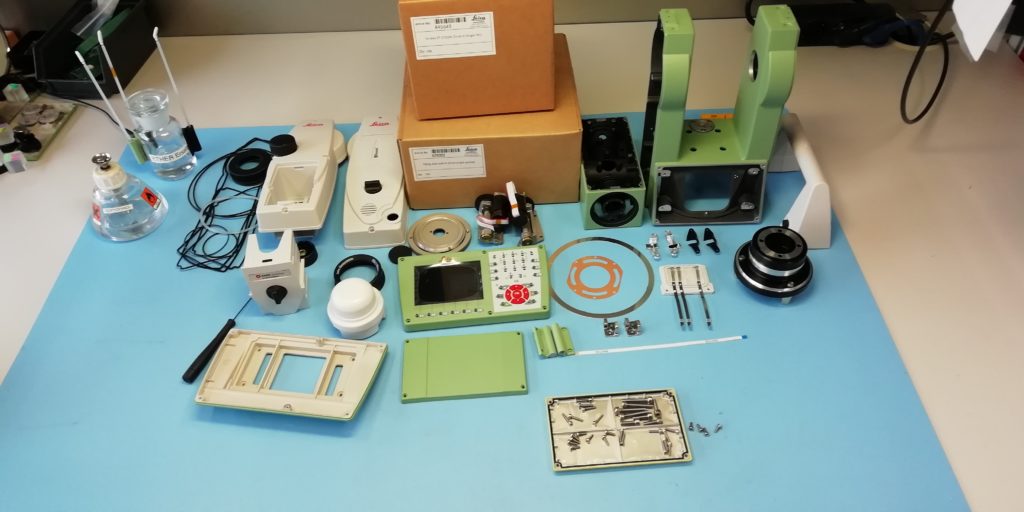
- Climate Chamber Testing: The technician will conduct a function test in our unique climate chamber which creates conditions from -20 to +50 degrees Celsius. This climate chamber test is also part of the production of new Leica Geosystems instruments, so you can be sure that your rebuilt instrument meets the specified accuracy over the complete temperature range.
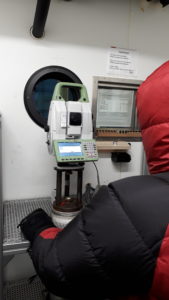
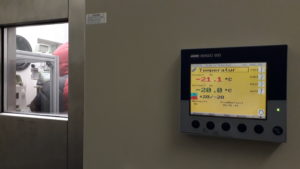
- Outgoing Testing: A full outgoing test is then completed and documented if all checks are passed.
- Shipping: We send the instrument back to you for your next project.
What should customers do if they drop their instruments?

Jürgen: Contact your local representative and explain that you have dropped your instrument. If a repair is feasible they will then contact us at the service centre to book your instrument for an assessment so that we can provide you with a quote for the work required. Even in the cases that the instrument looks fine and seems like nothing serious has happened, we highly recommend getting it checked to establish that there is no damage to the instrument’s accuracy. Even if the damage isn’t visible, the accuracy of the instrument could be compromised for measuring angles or distance.
How can customers minimise the risk of dropping their instruments?
Jürgen: We understand that damage to instruments is often out of the operator’s control, but the best way to minimise the risk is to carry out your duty of care before beginning a project. Try to make sure that the instrument is not positioned in a blind spot where trucks are likely to be driving or too close to other heavy machinery that could cause an impact on the instrument. Also ensure the instrument is mounted or installed correctly.
Importantly, check the weather alerts before setting off on your project. As a result of climate change, we are seeing more instruments being brought into the workshop due to damage from extreme weather conditions. For example, an instrument was brought into the workshop with damage from the recent floods in Germany caused by record rainfall this summer. While natural events are often unavoidable, understanding the conditions of your project location is an important step for not just the instrument, but your safety as an operator.
The dropped instrument repairs are only one element of the Leica Geosystems Active Customer Care concept. To learn more about how Leica Geosystems can best support you and your business, visit our Active Customer Care page.

Head of Central Technical Service
Heerbrugg, Switzerland
Leica Geosystems

Jürgen Anders
Manager Technical Service
Service Hub Cologne, Germany
Leica Geosystems














